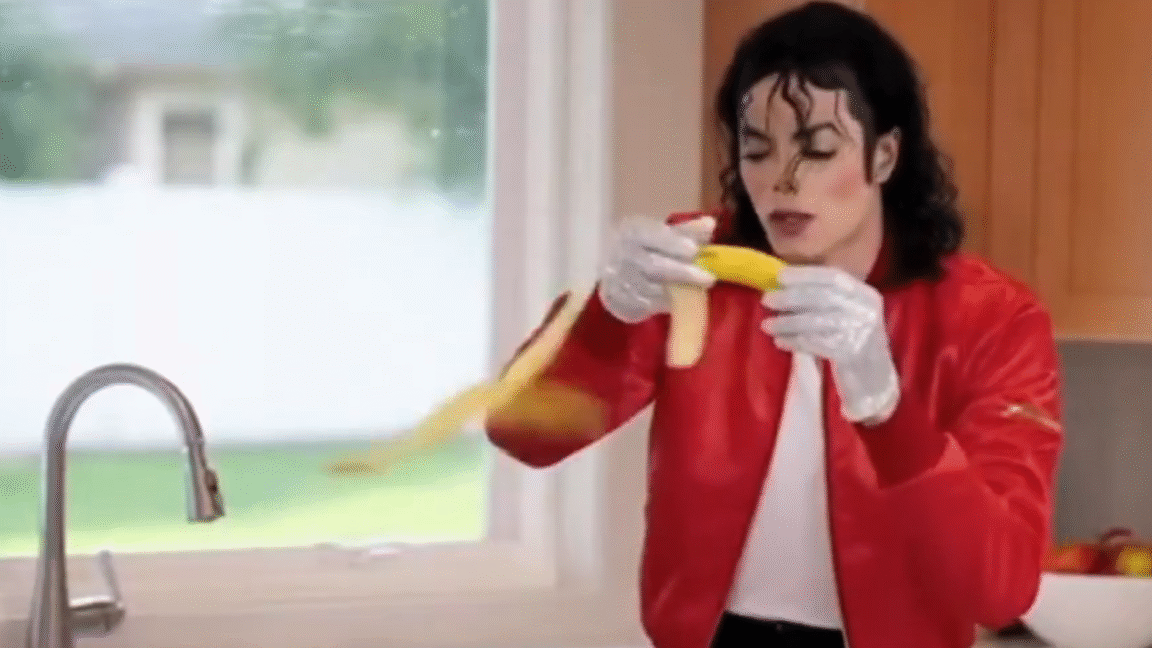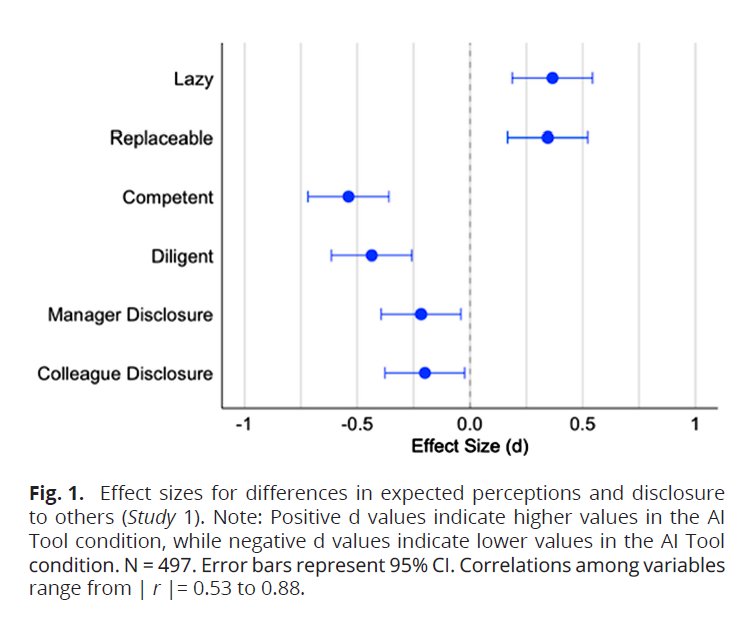Introduction to Digital Re-creations
The use of digital re-creations of dead celebrities has become a topic of discussion with the emergence of AI technology like Sora 2. This technology allows users to generate convincing footage of deceased public figures in minutes, raising questions about consent and control. OpenAI, the company behind Sora 2, seems to be okay with the generation of historical figures, including deceased celebrities, as long as they are not used for malicious purposes.
The Issue of Consent
But deceased public figures obviously can’t consent to Sora 2’s cameo feature or exercise that kind of "end-to-end" control of their own likeness. This raises concerns about the use of digital re-creations of dead celebrities, especially when it comes to advertising or selling products. The use of digital re-creations of dead celebrities isn’t exactly a new issue, but with the advancement of technology, it has become easier and more accessible to create convincing footage.
History of Digital Re-creations
In the ’90s, we saw digital re-creations of dead celebrities in movies and advertisements, such as John Lennon chatting to Forrest Gump and Fred Astaire dancing with a Dirt Devil vacuum. Back then, that kind of footage required painstaking digital editing and technology only easily accessible to major video production houses. Now, with Sora 2, more convincing footage of deceased public figures can be generated by any user in minutes for just a few bucks.
Laws Governing Digital Re-creations
In the US, the right of publicity for deceased public figures is governed by various laws in at least 24 states. California’s statute, which dates back to 1985, bars unauthorized post-mortem use of a public figure’s likeness "for purposes of advertising or selling, or soliciting purchases of products, merchandise, goods, or services." However, a 2001 California Supreme Court ruling explicitly allows those likenesses to be used for "transformative" purposes under the First Amendment.
New York Laws
The New York version of the law, signed in 2022, contains specific language barring the unauthorized use of a "digital replicas" that are "so realistic that a reasonable observer would believe it is a performance by the individual being portrayed and no other individual" and in a manner "likely to deceive the public into thinking it was authorized by the person or persons." But video makers can get around this prohibition with a "conspicuous disclaimer" explicitly noting that the use is unauthorized.
Conclusion
The use of digital re-creations of dead celebrities raises complex questions about consent, control, and the laws governing the use of digital likenesses. As technology continues to advance, it’s likely that we’ll see more cases of digital re-creations of dead celebrities, and the laws governing their use will continue to evolve. It’s essential to consider the implications of this technology and ensure that the rights of deceased public figures are respected.
FAQs
Q: Can digital re-creations of dead celebrities be used for advertising?
A: It depends on the state and the specific laws governing the use of digital likenesses. In some states, like California, unauthorized post-mortem use of a public figure’s likeness for advertising purposes is barred, but there are exceptions for "transformative" purposes.
Q: Do video makers need to get permission to use digital re-creations of dead celebrities?
A: It depends on the state and the specific laws governing the use of digital likenesses. In some states, like New York, video makers can use digital re-creations of dead celebrities with a "conspicuous disclaimer" explicitly noting that the use is unauthorized.
Q: What is the difference between "transformative" and non-transformative use of digital likenesses?
A: "Transformative" use refers to the use of a digital likeness in a way that adds value or insights to the original work, such as in a documentary or a work of art. Non-transformative use refers to the use of a digital likeness for commercial purposes, such as advertising.











